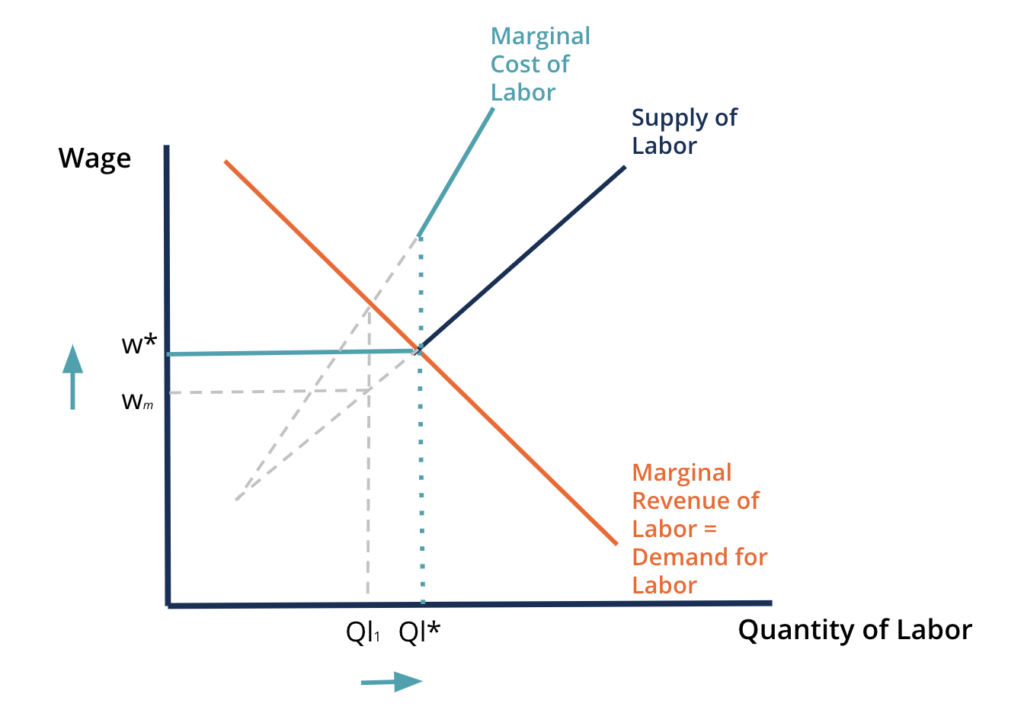ECONOMICS
Macroeconomics is concerned with large-scale or general economic factors, such as interest rates and national productivity. For example, using interest rates, taxes, and government spending to regulate an economy's growth and stability.
A business cycle consists of 4 stages: expansion, peak, contraction and trough. During the expansion phase, the economy experiences relatively rapid growth, interest rates tend to be low, production increases and inflationary pressures build.
Monetary policy refers to the actions taken by a government's central bank to control the money supply and achieve macroeconomic goals that promote sustainable economic growth. The actions taken can be classified as either expansionary or contractionary.
Microeconomics studies the fiscal behaviors of individuals or companies in making decisions regarding the allocation of scarce resources and the interactions between the consumers and firms. The disipline illustrates conditions under which free markets lead to desirable allocation of resources. It also analyzes causes of market failure.
Productivity is the amount of work accomplished over a certain period of time while efficiency refers to the amount of effort and resources people put into work. Efficiency is reactive while productivity is about achieving the best output regardless of the situation. Assembly lines may increase efficiency while poor work conditions may decrease production.
The law of supply and demand is a theory that explains the interaction between the sellers of resources and buyers for those resources. This includes the price of a product and peoples' willigness to either buy or sell it. Generally, as the price increases, people are willing to supply more and demand less while the opposite occurs when the price decreases.
United States real GDP growth will rise to 9.0 percent (annualized rate) in Q2 2024 and 6.6 percent (year-over-year) in 2024. Following solid economic growth in Q1 2024 we expect the recovery to continue through the remainder the year. Looking further ahead, some economists forecast economic growth of 3.8 percent (year-over-year) in 2022 and 2.5 percent (year-over-year) in 2023.
As the economy fully reopens and consumer confidence continues to rise, we expect consumer spending to help drive the recovery forward - especially spending on in-person services. These outlays will be underpinned by a strengthening labor market and a large pool of savings derived from three rounds of fiscal stimulus checks dispersed over the last year. Furthermore, the launch of a new wave of monthly government checks to families with children, worth more than $100 billion, is set to launch on July 15th. This program should further strengthen spending in the second half of the year.
The rapid acceleration in growth seen in early 2021 has led to rising prices and heightened concerns about inflation. Given recent data we are raising our inflation expectations. We forecast that inflation may peak in Q4 2024 with the price level for personal consumption expenditures (PCE) – the US Federal Reserve’s (FED) preferred inflation metric – rising to 4.1 percent (year-over-year) and Core PCE inflation rising to 3.6 percent (year-over-year). Inflation will likely remain elevated into 2024. It is unclear whether or not the FED will tolerate these price increases for an extended period of time, and sooner than expected monetary tightening represents a growing downside risk to our forecast.
Finally, it looks increasingly likely that another large wave of government spending may be on the horizon – although the size, composition and timing remain uncertain. While a bipartisan infrastructure deal worth $1 trillion was signed by the President Biden on November 15, 2021 it appears that Democrats may press forward on a larger reconciliation bill to supplement or possibly replace the negotiated package. Given the uncertainty surrounding this issue, we do not currently factor it into our forecast. However, even if Republicans are able to negotiate a new smaller package, it is unlikely that the deal would impact the United States economy until 2024. Unfortunately, several noted economists project that the worldwide economy is headed into recession.
